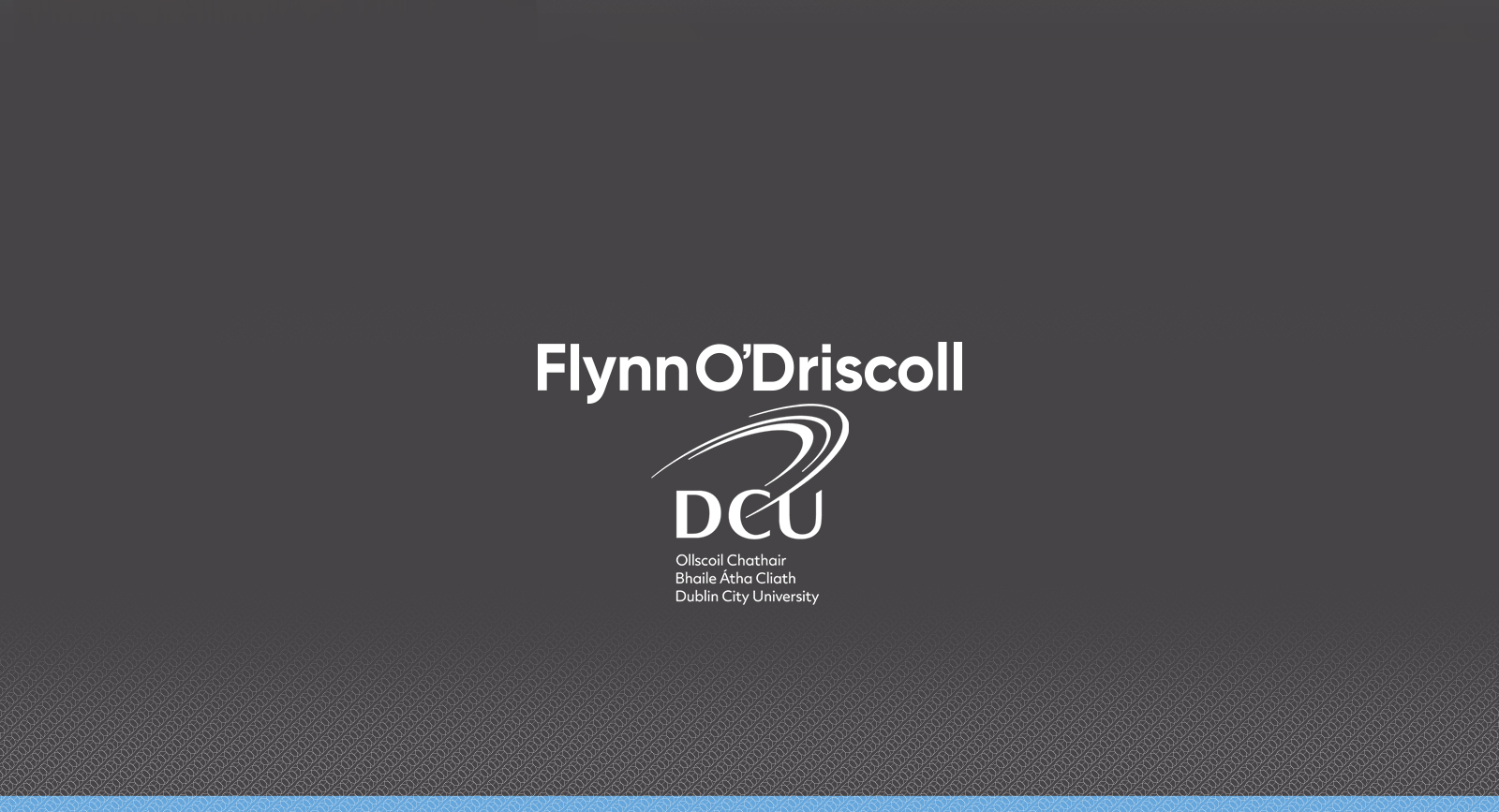There are also a number of other non-statutory restructuring tools which were commonly used in a financial or economic crisis and these should be explored in the first instance. This is particularly the case in circumstances where one of the key drivers of any cash flow crisis is the company’s ability to service leverage (debt) within its structure. These tools tend to be contractual in their nature and should be contemplated now as they are the first port of call in the current storm:
Debt for Equity Swap
Where the type of leverage in a structure lends itself to capitalisation (and a resultant improvement in the company’s balance sheet) this can be considered. The issuance of equity in return for the capitalisation of debt will have a dilutive impact on the existing shareholders but it may be possible to mitigate this by converting the debt into a type of preference share or equity that generates a fixed coupon and is redeemable prior to the extraction of any dividends or returns to other equity holders but otherwise does not share in the equity value. This can have the benefit of “right sizing” the company’s balance sheet and bringing it within its covenants with its senior lender. “Equity is Blood” and as such should not be readily given away other than where it secures long term value and protects against a total or significant loss of equity value.
Standstill Agreements
These are “extend and pretend” type arrangements entered into between borrowers and their lenders which defer payments and/or waive covenant breaches or give the borrower time to put in place alternative arrangements and/or return to normal trading. Given the nature of any transient crisis where the company’s business model remains or will remain sound post the crisis then this is a valuable option as it gives the borrower contractual certainty, lender support and allows it to trade as a going concern where it can meet other obligations outside of scheduled debt repayments on its loan facilities. From a company law perspective whilst the company may be in the “zone of insolvency” it can with lender support rationalise why it is sensible to trade out of the current situation and generate a better outcome for the creditors as a whole (rather than ceasing to trade).
Covenant Waiver/Waiver of Event of Default
Generally these matters are governed by way of side letter and where in a crisis covenants are breached (for example debt service cover or other covenants that are a function of cashflow/cash cover) then it is common place for them to be waived in respect of the current and subsequent covenant testing periods. This will require the consent of the lender and it is important for borrowers to rely heavily on the commercial relationship that they have with the lender’s relationship manager. These side letters allow for the waiver of any event of default and will assist with any solvency analysis that the board of the borrower may need to conduct during the crisis.
Deferral of Amortisation/Switch to Interest Only
Where a borrower is due to make monthly or quarterly amortisation payments on a loan facility they may be able to negotiate a deferral of these or a switch to interest only the logic being that by prolonging the life of the borrower company the lender enhances their chance of full recovery. Enforcement in the current environment would not likely yield a good outcome for the lender unless there is significant value in their security.
Equity Cure
The injection of fresh equity can be considered by borrowers but this should be as a last resort when all other manner of forbearance techniques have been exhausted. This should only be used when all avenues have been exhausted and where there is a high degree of certainty that the additional investment will allow the borrower to survive. The investor of the equity must consider whether any such investment would be better used to rescue the business using one of the techniques below (either out of examinership or by acquiring from a receiver/liquidator). However this approach will leave the business open to acquisition from third parties and the investor may not be in control of the process in the same way they would as part of a negotiated solution. Where additional equity is invested it is important to agree with the lender how and when and in what order of priority this equity or indeed debt will be repaid. Most lenders will not allow it to rank ahead of them but they may allow it to be repaid from “free cash” as the business gets back on its feet. This would need to be negotiated as a “permitted payment”.
Financing/Refinancing
Companies that have low levels of leverage, significant assets and/or sustainable cashflows (albeit reduced in the circumstances) may be in a position to raise debt and/or additional debt from their existing lender or mezzanine lenders. There are a large number of alternative lenders in the Irish market and they may have greater flexibility from a credit perspective than certain other lending institutions. However any move away from a relationship banking arrangement that may be in place would need to be weighed up carefully and existing lenders should be tested as to their willingness and/or ability to grant additional credit in the first instance. Timing and uncertainty in a crisis tends to work against quick refinancing solutions and switching horse during the race may not always be the best option.
This note is for general information purposes Legal advice must be obtained for all individual circumstances. While every effort has been made to ensure the accuracy of this note, no liability is accepted by the author or Flynn O’Driscoll for any inaccuracies.







